Home>Interior Design>What Is Contemporary Interior Design
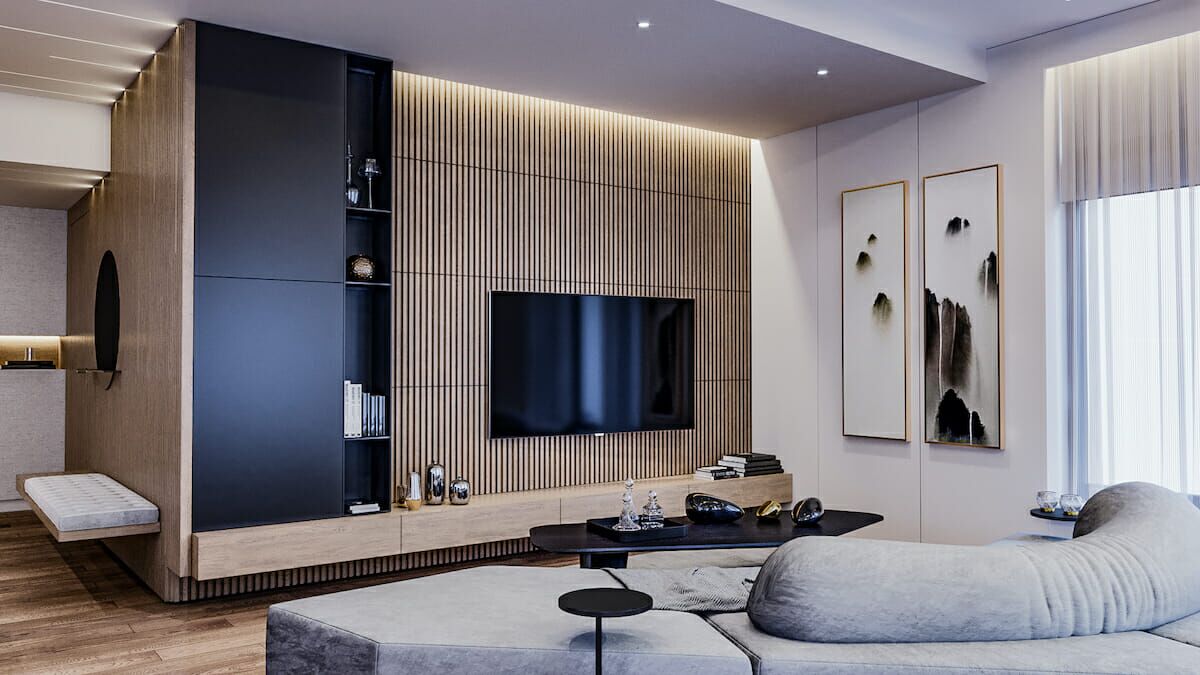

Interior Design
What Is Contemporary Interior Design
Modified: October 20, 2024
Discover the essence of contemporary interior design and transform your space with expert guidance. Uncover the latest trends and techniques in modern aesthetics.
(Many of the links in this article redirect to a specific reviewed product. Your purchase of these products through affiliate links helps to generate commission for Storables.com, at no extra cost. Learn more)
Introduction
Contemporary interior design is a popular style that embraces modernity, simplicity, and functionality. It is characterized by clean lines, minimalistic aesthetics, and a harmonious blend of form and function. This design approach focuses on creating spaces that are visually pleasing, practical, and comfortable.
Originating in the mid-20th century, contemporary interior design draws inspiration from various architectural and design movements, such as minimalism, Bauhaus, and the International Style. It reflects the ever-evolving tastes and preferences of the current era, taking cues from modern technology, sustainability, and cultural influences.
In this article, we will explore the origins, principles, and key elements of contemporary interior design. We will delve into the color palette, materials, furniture, lighting, and layout choices that define this style. Furthermore, we will discuss the importance of minimalism, the integration of technology, and the growing emphasis on sustainability within contemporary interior design.
Whether you are an interior design enthusiast looking to revamp your home or a professional designer seeking inspiration for your next project, this comprehensive guide will equip you with the knowledge to create stunning contemporary interiors that stand the test of time.
Key Takeaways:
- Embrace contemporary interior design’s minimalist aesthetic, sustainable practices, and integration of technology to create visually appealing, functional, and environmentally conscious spaces that cater to modern living.
- Contemporary interior design draws inspiration from various architectural and design movements, combining them with the ever-changing needs and preferences of the present era to create timeless, harmonious, and stylish interiors.
Read more: What Is Interior Design?
Origins of Contemporary Interior Design
The roots of contemporary interior design can be traced back to the mid-20th century, during a time when designers and architects sought to break away from the ornate and heavily embellished styles of the past. This movement was driven by a desire for simplicity, functionality, and a focus on the essentials.
One of the key influences on contemporary interior design was the modernist movement, which emerged in the early 20th century. Modernism sought to embrace the possibilities of the machine age, emphasizing clean lines, geometric shapes, and an absence of decorative elements. This movement celebrated materials such as glass, steel, and concrete, which were often used in innovative ways.
The Bauhaus school, founded in Germany in 1919 by architect Walter Gropius, was instrumental in shaping contemporary interior design. The school aimed to unite art and industry, focusing on the integration of design, craftsmanship, and mass production. Its emphasis on functionality, simplicity, and the use of modern materials, greatly influenced the development of contemporary interior design.
Another influential movement was the International Style, which emerged in the 1920s and 1930s. This style prioritized utility, openness, and the utilization of natural light, rejecting excessive ornamentation and elaborate detailing. It favored clean lines, large windows, and open floor plans, which became central elements of contemporary interior design.
As the 20th century progressed, contemporary interior design continued to evolve, incorporating elements of other design movements and adapting to cultural shifts. It drew inspiration from mid-century modern design, which emphasized organic forms, natural materials, and innovation. Scandinavian design, with its focus on simplicity, functionality, and use of light, also played a significant role in shaping contemporary interiors.
Today, contemporary interior design continues to evolve, reflecting the changing needs and preferences of modern lifestyles. It takes inspiration from diverse sources, such as technological advancements, global cultures, and sustainability. It is a style that embraces the present while looking towards the future, constantly pushing the boundaries of design and innovation.
Principles of Contemporary Interior Design
Contemporary interior design is guided by a set of principles that govern its aesthetic and functional elements. These principles contribute to creating spaces that feel modern, cohesive, and visually appealing. Let’s explore the key principles that define contemporary interior design:
- Simplicity: At the core of contemporary design is simplicity. Clean lines, minimal ornamentation, and uncluttered spaces are key features. The design avoids excessive decoration or elaborate details, instead opting for a straightforward and pared-down approach.
- Functionality: Contemporary interior design places a strong emphasis on functionality. Every element in the space should have a purpose and contribute to the overall usability of the room. The layout and arrangement of furniture and decor are optimized for ease of use and convenience.
- Openness: Contemporary interiors often strive to create a sense of openness and spaciousness. This is achieved by utilizing open floor plans, minimizing the use of partitions or walls, and incorporating large windows that allow ample natural light to flood the space.
- Balance: Balance is crucial in contemporary interior design. This can be achieved through the careful distribution of visual weight within a space. It involves balancing contrasting elements, such as light and dark colors, hard and soft textures, or smooth and rough surfaces, to create a harmonious and visually pleasing environment.
- Natural Materials: A prominent feature of contemporary design is the use of natural materials. Wood, stone, glass, and metal are often incorporated to bring an organic and tactile feel to the space. These materials are often used in their raw or minimally finished form to maintain the simplicity and authenticity of the design.
- Neutral Color Palette: Contemporary interiors typically favor a neutral color palette, with shades of white, beige, gray, and black forming the foundation. These neutral colors provide a clean and timeless backdrop that allows other elements, such as furniture, lighting, and artwork, to stand out and make a statement.
- Pops of Color: While neutral tones dominate contemporary interiors, pops of bold, vibrant colors are strategically introduced to add visual interest and energy. These colors are often used sparingly, such as in accent walls, furniture, or artwork, to create focal points and break the monotony of the neutral palette.
- Texture and Contrast: Incorporating texture and contrast is key to adding depth and visual interest to contemporary interiors. This can be achieved through the use of textured materials, such as textured wallpapers or patterned rugs, as well as combining different textures and finishes, such as smooth and matte surfaces or shiny and reflective elements.
By following these principles, contemporary interior design achieves a cohesive and balanced aesthetic that is both visually pleasing and functional. It creates spaces that feel fresh, modern, and timeless, while also reflecting the unique style and personality of the occupants.
Color Palette and Materials
The color palette and materials used in contemporary interior design play a vital role in creating a cohesive and visually appealing space. They contribute to the overall aesthetic and set the tone for the design. Let’s explore the typical color palette and materials used in contemporary interiors:
Neutral Colors: Contemporary design often embraces a neutral color palette as a foundation for the space. Shades of white, beige, gray, and black are commonly used to create a clean and timeless look. These neutral colors allow other elements in the room, such as furniture, artwork, or accessories, to stand out and make a statement.
Accent Colors: While neutrals dominate, contemporary interiors also incorporate pops of bold, vibrant colors to add visual interest and create focal points. These accents can be introduced through accent walls, upholstery, artwork, or accessories. Bold hues like red, yellow, or blue can inject energy and personality into the space.
Natural Materials: Contemporary design embraces the use of natural materials to bring warmth and authenticity to the space. Wood, stone, glass, and metal feature prominently in contemporary interiors. Wood is often used for flooring, furniture, and cabinetry, while stone and glass are used for countertops, backsplashes, and decorative elements. Metal accents, such as stainless steel or brushed nickel, can add a sleek and modern touch.
Textured Materials: Incorporating textures is key to adding depth and visual interest in contemporary design. Textured materials, such as textured wallpapers, woven fabrics, or patterned rugs, can bring tactile elements to the space. The contrast between smooth and rough surfaces enhances the overall aesthetic and creates a dynamic visual experience.
Minimalistic Finishes: In contemporary design, surfaces are often kept simple and minimalistic. Smooth, matte finishes are favored, creating a sleek and sophisticated look. Glossy finishes can be incorporated sparingly to add shine and reflectivity.
Geometric Patterns: Geometric patterns are a common feature in contemporary interiors. They can be introduced through wallpapers, tiles, or furniture upholstery. Geometric patterns bring a sense of order, structure, and visual interest to the space.
Translucent Elements: Translucent materials, such as glass or acrylic, are often used in contemporary design to allow light to pass through and create a sense of openness. Glass partitions, transparent furniture, or acrylic accessories can add a modern and light-filled touch to the interior.
The combination of a neutral color palette, natural and textured materials, and geometric patterns creates a contemporary interior design aesthetic that is sleek, timeless, and visually appealing. These elements work harmoniously to create a space that is both inviting and sophisticated.
Furniture and Layout
In contemporary interior design, furniture and layout choices are carefully considered to create a cohesive and functional space. The goal is to achieve a harmonious balance between aesthetics and usability. Let’s explore the key aspects of furniture and layout in contemporary design:
Clean Lines: Contemporary furniture is characterized by clean lines and minimalistic aesthetics. Straight edges and smooth curves are preferred over intricate detailing. The focus is on simplicity and functionality, with a sleek and streamlined appearance.
Minimalist Approach: The furniture selection in contemporary interiors follows a minimalist approach. Only essential pieces are chosen, avoiding excessive ornamentation or unnecessary clutter. Each furniture item serves a purpose and contributes to the overall functionality and flow of the space.
Open Space: Contemporary design embraces an open and spacious layout. It avoids heavy furniture arrangements that can make a room feel cramped. Instead, furniture is strategically placed to create a sense of openness and allow for easy movement throughout the space.
Modular Designs: Modular furniture is commonly used in contemporary interiors. These pieces can be easily rearranged or reconfigured to adapt to changing needs and preferences. Modular furniture allows for flexibility and versatility, making the most of the available space.
Neutral Upholstery: Upholstered furniture in contemporary design often features neutral tones. Beige, gray, or black are commonly chosen to maintain the clean and timeless aesthetic of the space. These neutral upholstery colors provide a backdrop for other elements in the room to stand out.
Functionality: Functionality is a key consideration in furniture selection for contemporary interiors. Pieces that offer multi-functionality are preferred. For example, a sofa with a built-in storage compartment or a coffee table that doubles as a workspace. The goal is to maximize the usability of the space without compromising on style.
Simplicity in Silhouettes: Silhouettes in contemporary furniture tend to be simple and unadorned. Organic forms with smooth curves and geometric shapes are popular choices. The aim is to create visually appealing furniture that adds visual interest without overwhelming the space.
Mixed Materials: Contemporary interiors often incorporate furniture with mixed materials to add texture and contrast. For example, a dining table with a glass top and metal legs or a wooden coffee table with metal accents. This combination of materials enhances the visual appeal and adds depth to the design.
By carefully selecting furniture and arranging it in a way that promotes a sense of openness and functionality, contemporary interior design achieves a balance between style and usability. The furniture pieces become an integral part of the overall aesthetic and help create a space that is both visually appealing and practical.
When designing a contemporary interior, focus on clean lines, minimalism, and a neutral color palette. Incorporate modern furniture and accents for a sleek and sophisticated look.
Read more: How To Design A Contemporary Living Room
Lighting and Ambiance
Lighting is a crucial element in contemporary interior design as it can greatly influence the ambiance and mood of a space. Thoughtful lighting choices can enhance the aesthetics and functionality of the design. Let’s explore how lighting contributes to creating the desired ambiance in contemporary interiors:
Natural Light: Contemporary design embraces natural light and seeks to maximize its presence in a space. Large windows and skylights are incorporated to allow ample natural light to enter the room. This creates a bright and airy atmosphere while reducing the reliance on artificial lighting during the day.
Layered Lighting: Layered lighting is a key principle in contemporary design. It involves utilizing multiple light sources to create a balanced and well-lit space. This includes a combination of ambient, task, and accent lighting to meet specific needs and create different moods within the room.
Ambient Lighting: Ambient lighting provides overall illumination and sets the base level of lighting in a space. In contemporary interior design, recessed ceiling lights or track lighting are commonly used to provide ambient illumination. This soft, diffused lighting creates a warm and inviting atmosphere.
Task Lighting: Task lighting is essential for performing specific activities. In contemporary interiors, adjustable desk lamps, under-cabinet lighting in the kitchen, or reading lights near seating areas are often used as task lighting. This type of lighting ensures that the space is functional and well-lit for various tasks.
Accent Lighting: Accent lighting is used to highlight specific architectural features, artwork, or focal points in the room. It adds visual interest and creates a sense of depth. In contemporary design, track lighting or wall-mounted fixtures are popular choices for accent lighting.
Dimmers: Contemporary design often incorporates dimmers to give control over the intensity of lighting. Dimmers allow for customization of the lighting levels to create different moods and adjust the ambiance to suit specific activities or occasions. This flexibility adds versatility to the space.
Sculptural Lighting Fixtures: Contemporary interiors showcase artistic and sculptural lighting fixtures as design statements. Unique and eye-catching pendant lights, chandeliers, or floor lamps can serve as focal points and add a touch of sophistication to the space.
Lighting as Decor: In contemporary design, lighting is not only functional but can also be considered as an integral part of the decor. Stylish and trendy lighting fixtures can act as statement pieces and contribute to the overall aesthetic of the space.
By strategically incorporating natural light, using a combination of ambient, task, and accent lighting, and integrating dimmers for flexibility, contemporary interior design creates a well-lit space that is both functional and visually appealing. The careful selection and placement of lighting fixtures contribute to setting the desired ambiance and enhancing the overall design aesthetic.
Minimalism in Contemporary Interior Design
Minimalism is a fundamental aspect of contemporary interior design. It embraces simplicity, clean lines, and a clutter-free aesthetic to create spaces that are visually appealing and functional. Let’s explore the key principles and elements of minimalism in contemporary design:
Simplicity: Minimalism advocates for simplicity in design. It focuses on essential elements while eliminating unnecessary clutter and decoration. Clean lines, straight edges, and a minimalist approach to furniture and decor create a sense of calm and order in the space.
Neutral Color Palette: Minimalist interiors often feature a neutral color palette. Shades of white, beige, gray, and black form the foundation of the design, allowing the furniture and key elements to take center stage. This neutral backdrop creates a sense of tranquility and timelessness.
Open Space: Minimalist interiors maintain an open and spacious layout. Excess furniture, accessories, and visual clutter are eliminated to create a sense of airiness and freedom. The focus is on creating a harmonious flow and allowing the few key elements in the space to shine.
Decluttered Surfaces: Minimalism emphasizes the importance of decluttered surfaces. Countertops, shelves, and tables are kept clear of unnecessary objects. Only a select few items that serve a purpose or hold significant meaning are displayed, maintaining a sense of order and simplicity.
Functional Furniture: Minimalist design prioritizes functionality. Furniture is chosen for its practicality and usability. Multi-functional pieces, such as storage beds or coffee tables with hidden compartments, are often incorporated to maximize the space without compromising the minimalist aesthetic.
Quality over Quantity: Minimalism values quality over quantity. Instead of filling a space with numerous, lesser-quality items, minimalist interiors opt for a few well-designed and well-crafted pieces. Each item is carefully selected and has a purpose, contributing to the overall aesthetic and ambiance.
Uncluttered Surfaces: Minimalist interiors maintain uncluttered surfaces. Countertops, shelves, and tables are kept clear of unnecessary objects. Only a select few items that serve a purpose or hold significant meaning are displayed, maintaining a sense of order and simplicity.
Focus on Materials: Minimalist design highlights the beauty of materials. Natural materials such as wood, stone, and metal are commonly used to add texture and visual interest. Emphasis is placed on the inherent qualities of these materials rather than excessive ornamentation.
Minimal Window Treatments: Minimalist interiors often feature simple window treatments that allow maximum natural light to enter the space. Curtains or blinds are kept neutral or plain, providing privacy without overwhelming the design. This creates a seamless connection between the indoor and outdoor spaces.
Embracing Negative Space: Negative space, or empty space, plays a crucial role in minimalist design. It allows for visual breathing room and creates a sense of balance and harmony. Negative space is embraced rather than filled, contributing to the overall minimalist aesthetic.
By embracing minimalist principles, contemporary interior design creates spaces that are visually pleasing, uncluttered, and serene. The simplicity and balance achieved through minimalism allows the key elements in the space to shine and contributes to a sense of harmony and tranquility.
Incorporating Technology in Contemporary Interior Design
In the modern world, technology plays a significant role in our daily lives, and contemporary interior design reflects this integration by seamlessly incorporating technology into the overall design aesthetic. Here are some ways in which technology is embraced in contemporary interiors:
Smart Home Automation: One of the most prominent ways technology is integrated into contemporary interior design is through smart home automation. Smart devices, such as voice-controlled assistants, smart thermostats, and automated lighting systems, allow homeowners to control various aspects of their home with ease. This integration not only enhances functionality but also adds a futuristic and modern touch to the space.
Hidden Technology: To maintain a clean and minimalist aesthetic, contemporary design often incorporates hidden technology. TV screens can be concealed behind sliding panels or framed artwork, while speakers can be integrated into walls or ceilings. This approach helps maintain the overall design flow without compromising on technological advancements.
Wireless Charging: As wireless charging technology becomes more prevalent, contemporary interior design embraces it by integrating wireless charging stations discreetly into furniture pieces. This allows for easy charging of devices such as smartphones or tablets without the need for visible cords or cluttered charging stations.
Home Entertainment Systems: Contemporary interiors often feature sleek and modern home entertainment systems. Wall-mounted flat-screen TVs, surround sound systems, and integrated audio systems create an immersive and cinematic experience within the comfort of the home. These systems are seamlessly integrated into the overall design, contributing to a visually appealing and tech-savvy space.
Smart Lighting: Lighting technology has seen significant advancements in recent years, and contemporary design takes full advantage of this. Smart lighting systems allow for easy control and customization of lighting levels, colors, and ambiance. With the touch of a button or a voice command, homeowners can effortlessly create different moods and settings within a space.
High-Tech Appliances: Contemporary interiors often feature high-tech appliances that blend seamlessly into the design. From smart refrigerators with built-in touchscreens to induction cooktops with integrated ventilation, these appliances offer advanced functionality and a sleek and modern aesthetic. They are designed to enhance the overall efficiency and usability of the space.
Integration of Home Office: With an increasing number of people working from home, contemporary design integrates dedicated home office spaces that are equipped with technology to facilitate productivity. These spaces may include ergonomic furniture, high-speed internet connectivity, video conference capabilities, and integrated storage solutions.
Energy-Efficient Technology: Sustainability and energy efficiency are important considerations in contemporary interior design. Incorporating energy-efficient technology, such as smart thermostats, LED lighting, and eco-friendly appliances, not only reduces energy consumption but also aligns with the principles of sustainable design.
By integrating technology in a thoughtful and seamless manner, contemporary interior design creates spaces that are both aesthetically pleasing and functionally advanced. The strategic placement and integration of technology enhance the living experience, making the home a more convenient and efficient place to live.
Sustainability in Contemporary Interior Design
Sustainability is a growing concern in the design industry, and contemporary interior design embraces eco-friendly practices to create spaces that are not only beautiful but also environmentally conscious. Here are some ways in which sustainability is incorporated into contemporary interiors:
Use of Sustainable Materials: Contemporary design prioritizes the use of sustainable materials that have minimal impact on the environment. This includes choosing materials that are renewable, recyclable, or made from recycled content. Examples of sustainable materials include bamboo, reclaimed wood, recycled glass, and natural textiles made from organic fibers.
Energy Efficiency: Contemporary interiors often incorporate energy-efficient features to reduce energy consumption and minimize the environmental impact. This includes the use of LED lighting, energy-efficient appliances, and smart thermostats that optimize energy usage. Integration of natural lighting through skylights, large windows, and light wells also reduces the need for artificial lighting during the day.
Waste Reduction: In contemporary design, waste reduction is prioritized through thoughtful planning and conscious decision-making. Designers aim to minimize waste during the construction and renovation process by using precise measurements and sourcing materials responsibly. Additionally, recycling and repurposing materials are encouraged to reduce the amount of waste that goes to landfills.
Indoor Air Quality: Contemporary interiors prioritize good indoor air quality by selecting materials that are low in volatile organic compounds (VOCs), avoiding the use of toxic chemicals and pesticides. This includes choosing low-VOC paints, adhesives, and sealants, as well as opting for natural finishes and non-toxic cleaning products. Proper ventilation and air purification systems are also considered to maintain a healthy and sustainable indoor environment.
Water Conservation: Water conservation is a key aspect of sustainability in contemporary design. Water-efficient fixtures, such as low-flow toilets, faucets, and showerheads, are incorporated to reduce water consumption. Rainwater harvesting systems and greywater recycling systems may also be implemented to maximize the use of water resources.
Multi-functional and Modular Design: Contemporary design embraces the concept of multi-functionality and adaptability. Furniture and storage solutions that serve multiple purposes or can be easily reconfigured are utilized to maximize the functionality and longevity of the space. This minimizes the need for excess furniture and reduces the consumption of resources.
Eco-friendly Finishes: The choice of environmentally friendly finishes is also a consideration in contemporary interior design. This includes selecting non-toxic and sustainable flooring options, such as bamboo flooring or recycled tile. Using natural and biodegradable materials for upholstery, curtains, and rugs is also prioritized.
Sustainable Art and Decor: In contemporary interiors, sustainable art and decor options are chosen. This may include artwork made from recycled materials, locally sourced or artisan-crafted pieces, and eco-friendly decor items made from sustainable materials. Living plants and green walls are also incorporated to improve indoor air quality and create a connection with nature.
By integrating sustainable practices into contemporary interior design, spaces are created that align with environmental consciousness and promote a healthier, more sustainable future. These spaces not only reduce their carbon footprint but also serve as a tangible example that sustainability and style can go hand in hand.
Conclusion
Contemporary interior design is a dynamic and evolving style that embodies modernity, simplicity, and functionality. Rooted in the mid-20th century, this design approach draws inspiration from various architectural and design movements, combining them with the ever-changing needs and preferences of the present era.
Throughout this article, we have explored the origins, principles, and key elements of contemporary interior design. From its minimalist aesthetic to the incorporation of technology and sustainability, this style aims to create spaces that are visually appealing, practical, and environmentally conscious.
The principles of contemporary design emphasize simplicity, functionality, and balance. Clean lines, neutral color palettes, and a focus on natural materials create a timeless and harmonious aesthetic. Furniture and layout choices are carefully considered to optimize space and usability, while lighting and ambiance play crucial roles in enhancing the mood and atmosphere of the interior.
Incorporating technology is another important aspect of contemporary design. Smart home automation, hidden technology, and wireless charging are seamlessly integrated into the space, enhancing both functionality and style. Additionally, sustainability is prioritized, with the use of eco-friendly materials, energy-efficient features, and waste reduction practices.
Contemporary interior design offers a perfect blend of form and function, creating spaces that cater to the needs and tastes of modern living. It embraces the present while looking towards the future, constantly incorporating new technologies, materials, and sustainable practices.
Whether you are seeking to revamp your own space or working on a design project, the principles and elements of contemporary interior design provide a solid foundation for creating stylish, functional, and environmentally conscious interiors. By following these design principles, you can transform any space into a modern sanctuary that reflects your unique style and values.
Embrace the beauty of contemporary interior design and let it inspire you to create spaces that are both aesthetically pleasing and conducive to a comfortable, modern lifestyle.
Frequently Asked Questions about What Is Contemporary Interior Design
Was this page helpful?
At Storables.com, we guarantee accurate and reliable information. Our content, validated by Expert Board Contributors, is crafted following stringent Editorial Policies. We're committed to providing you with well-researched, expert-backed insights for all your informational needs.
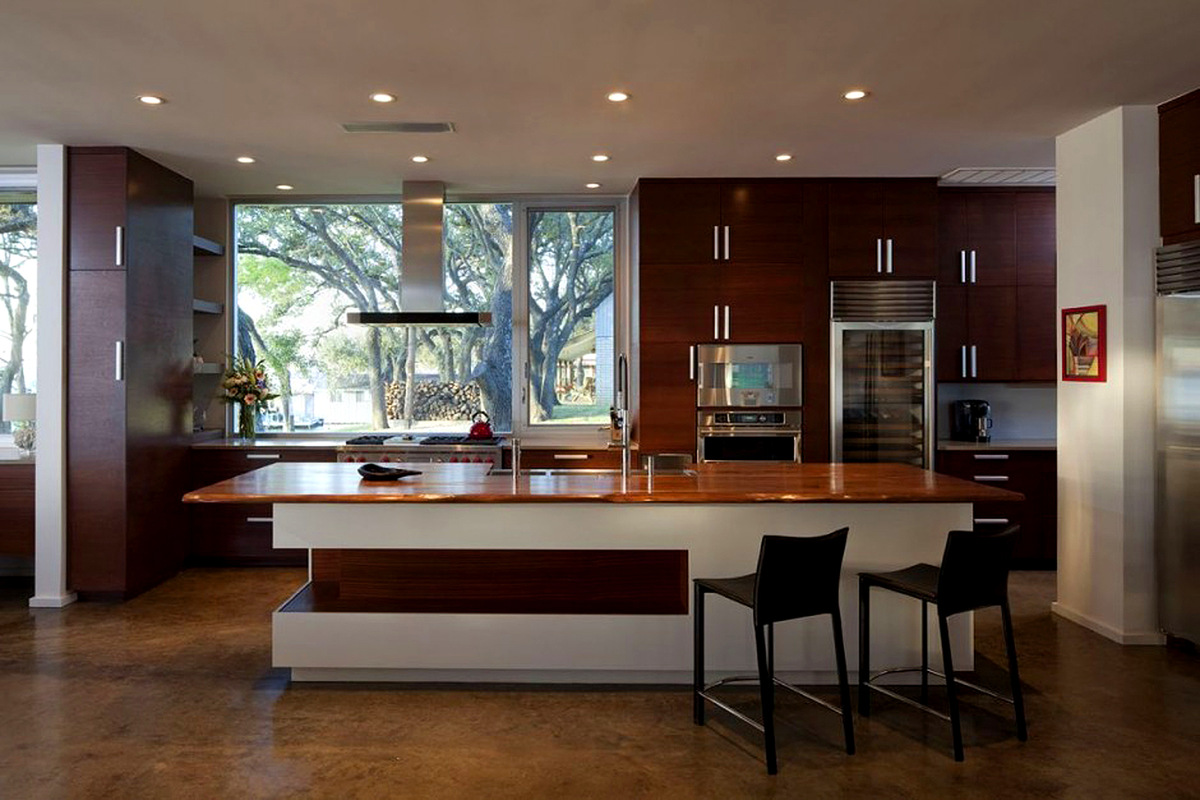
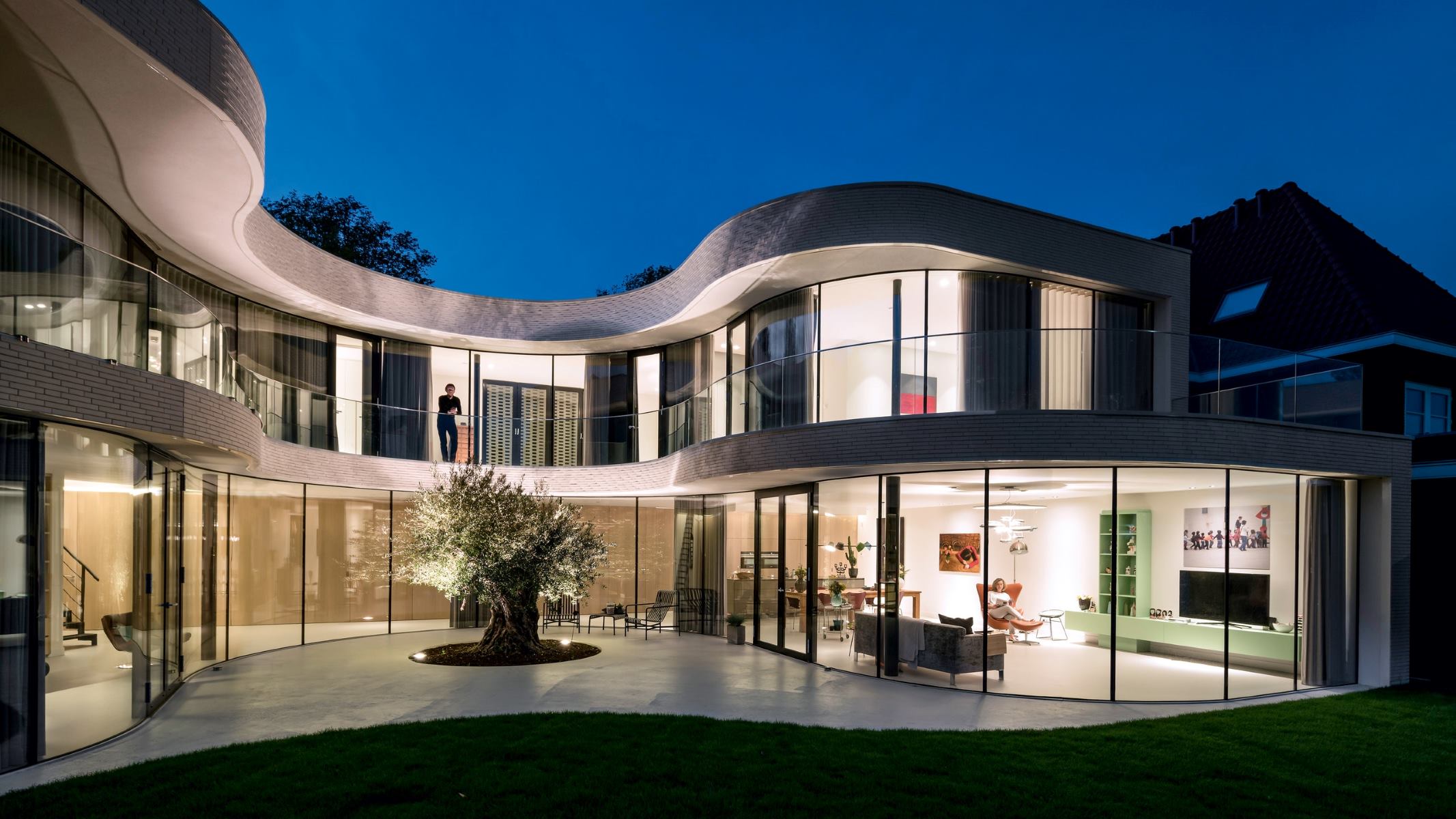
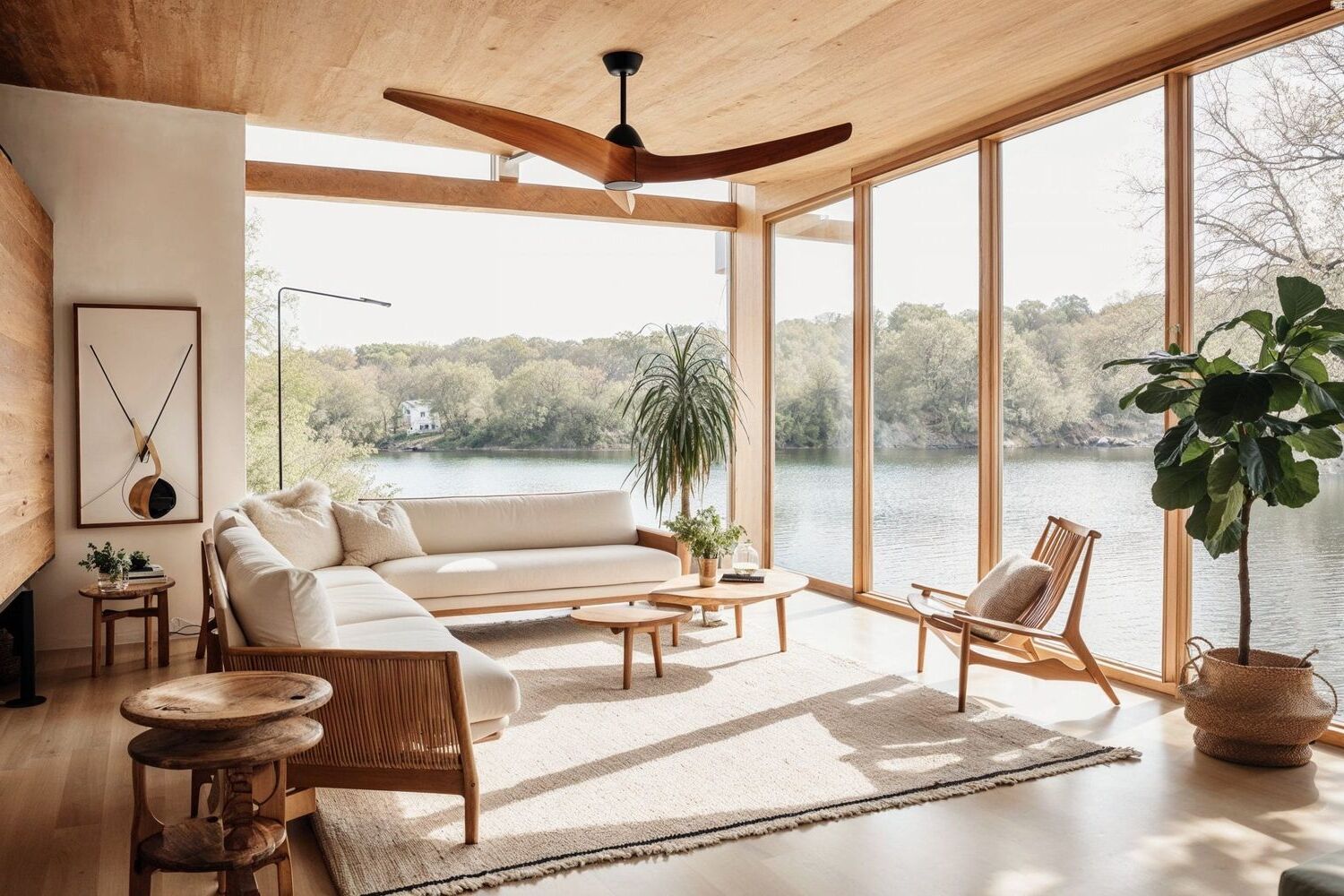
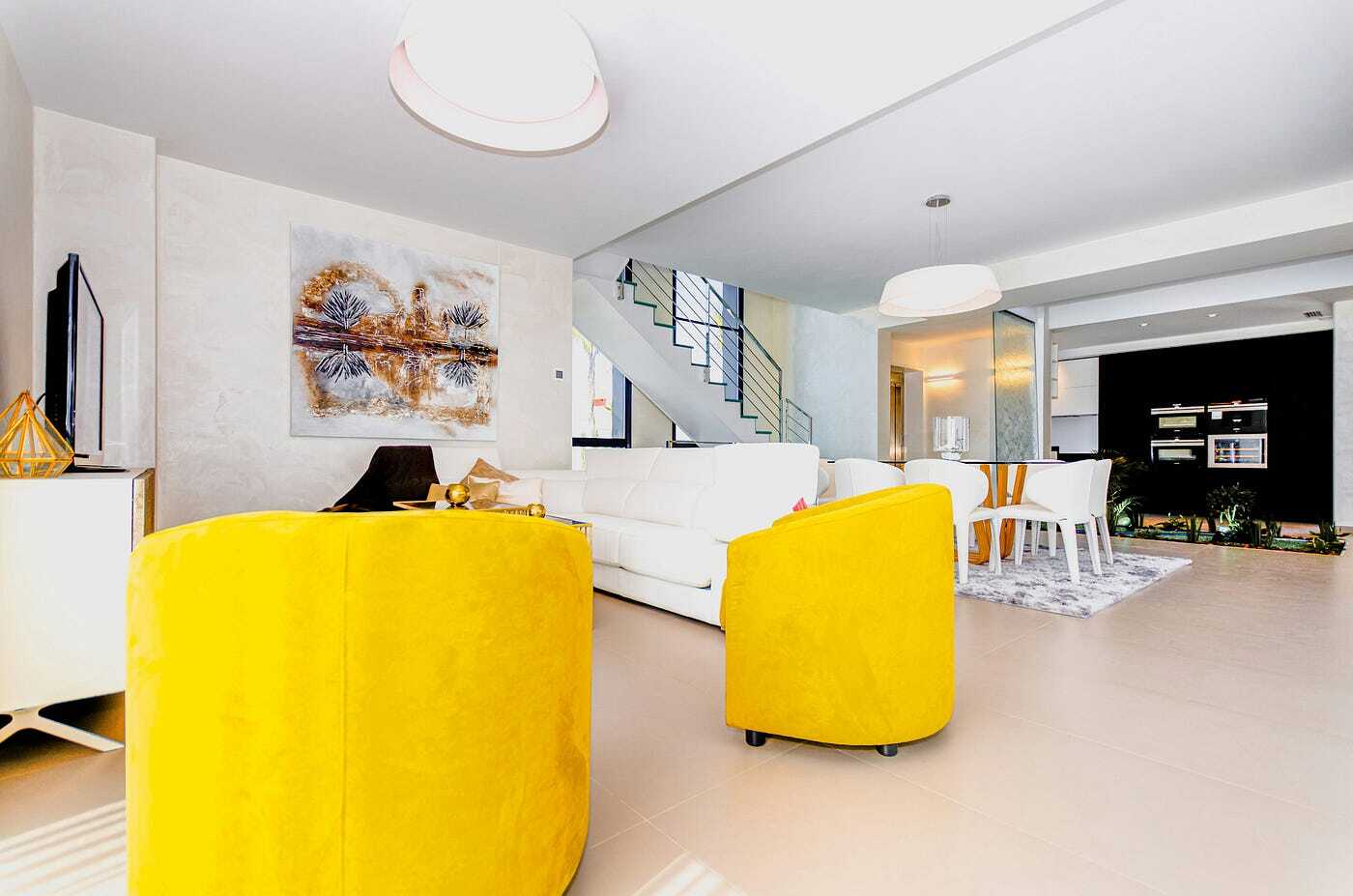
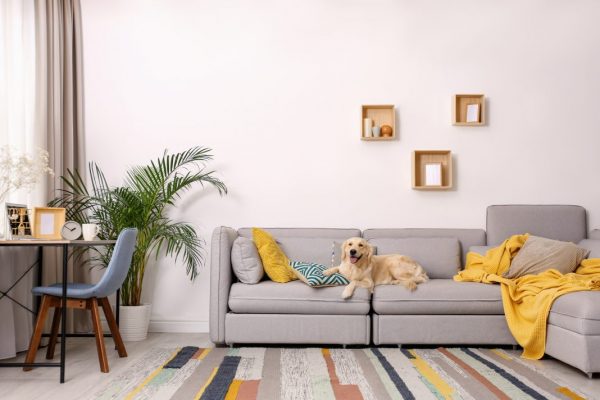
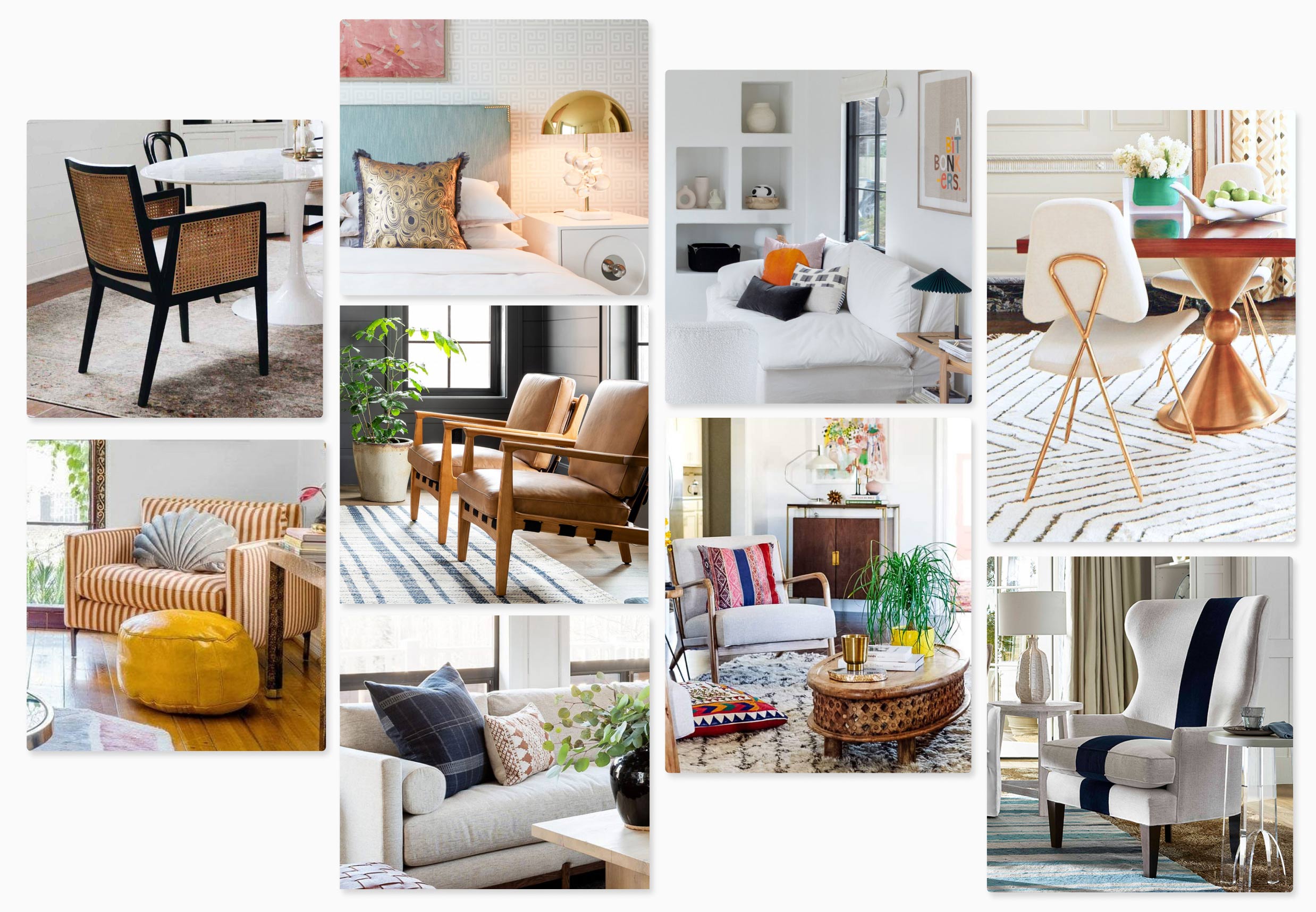
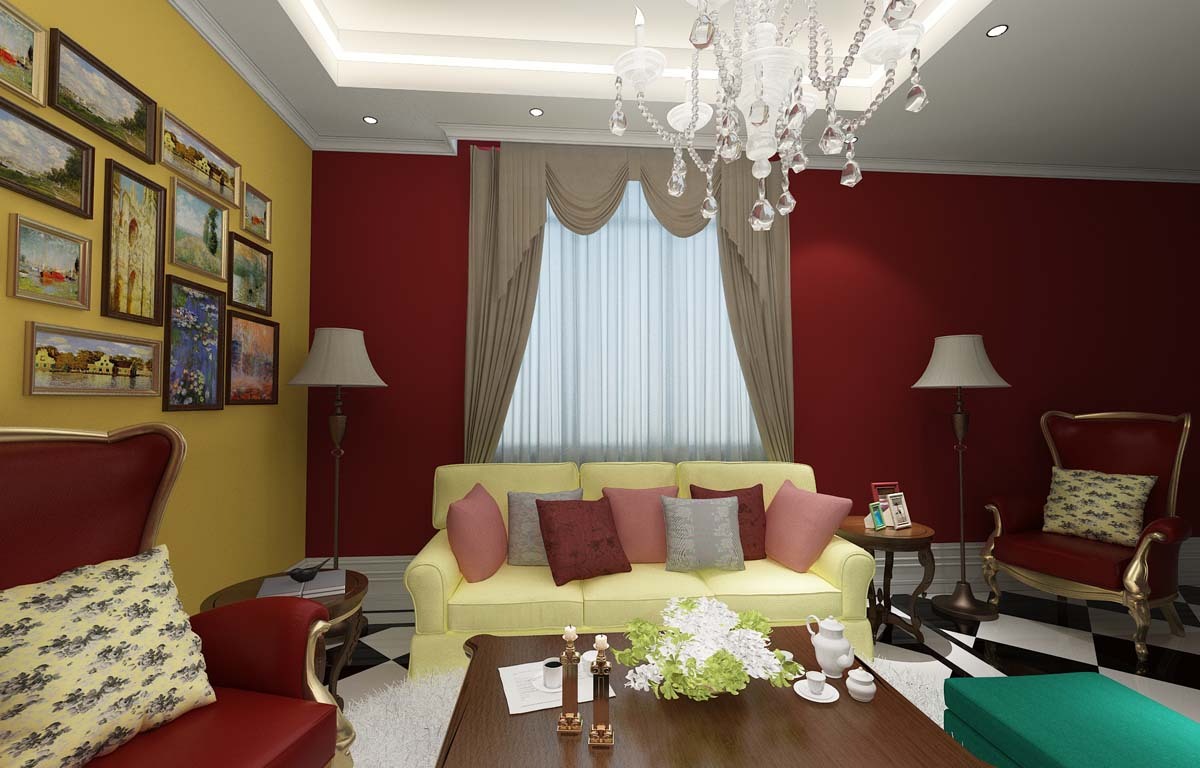
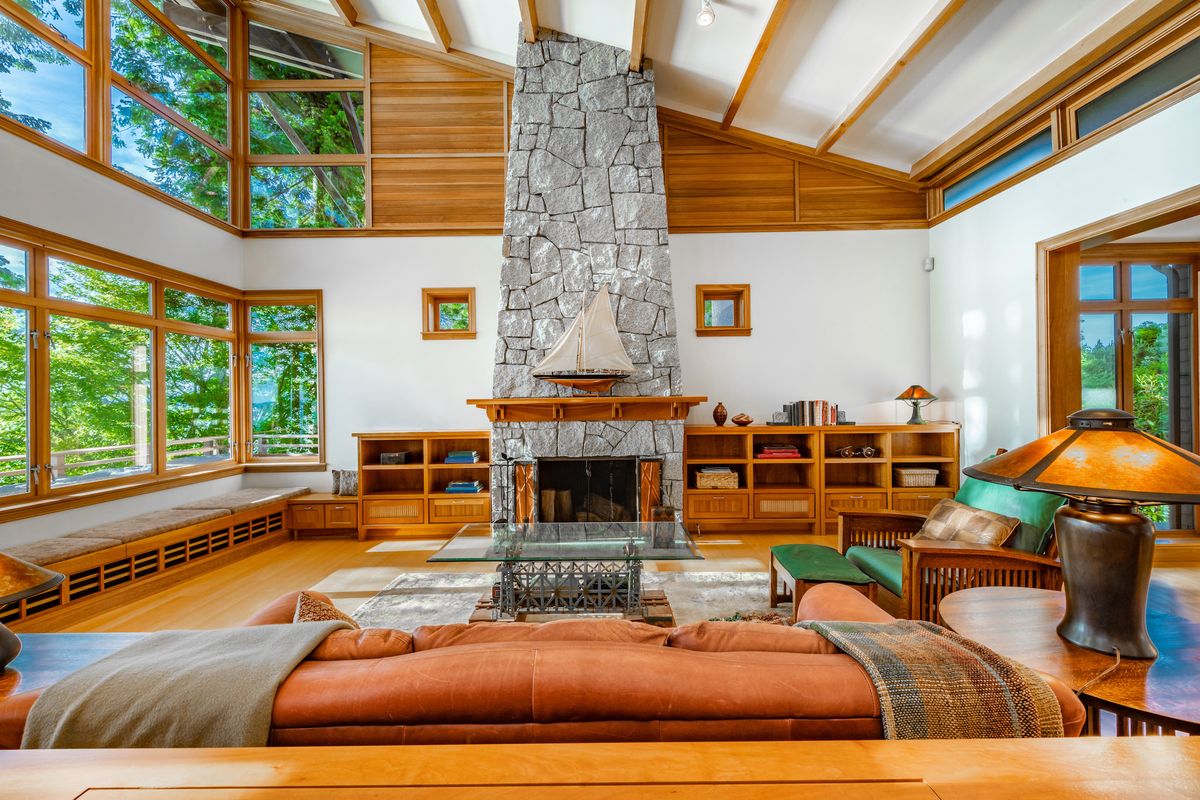
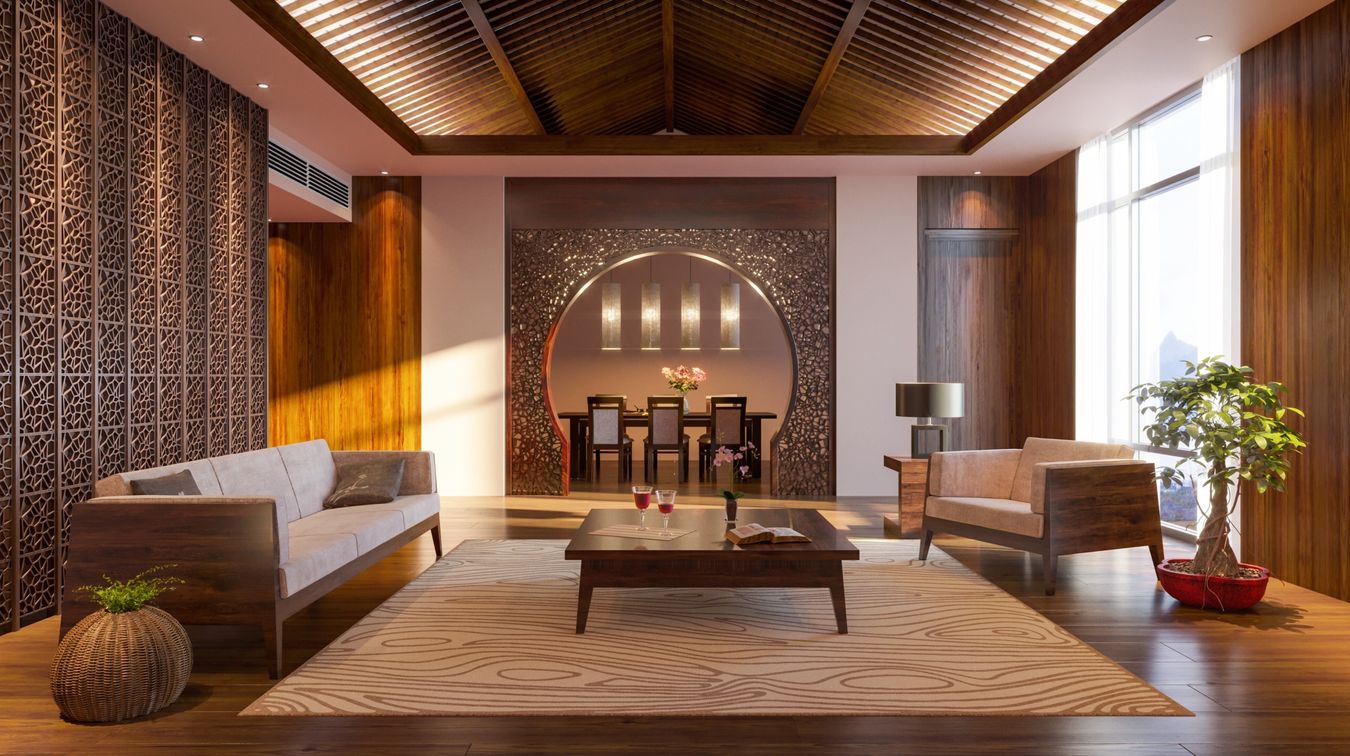
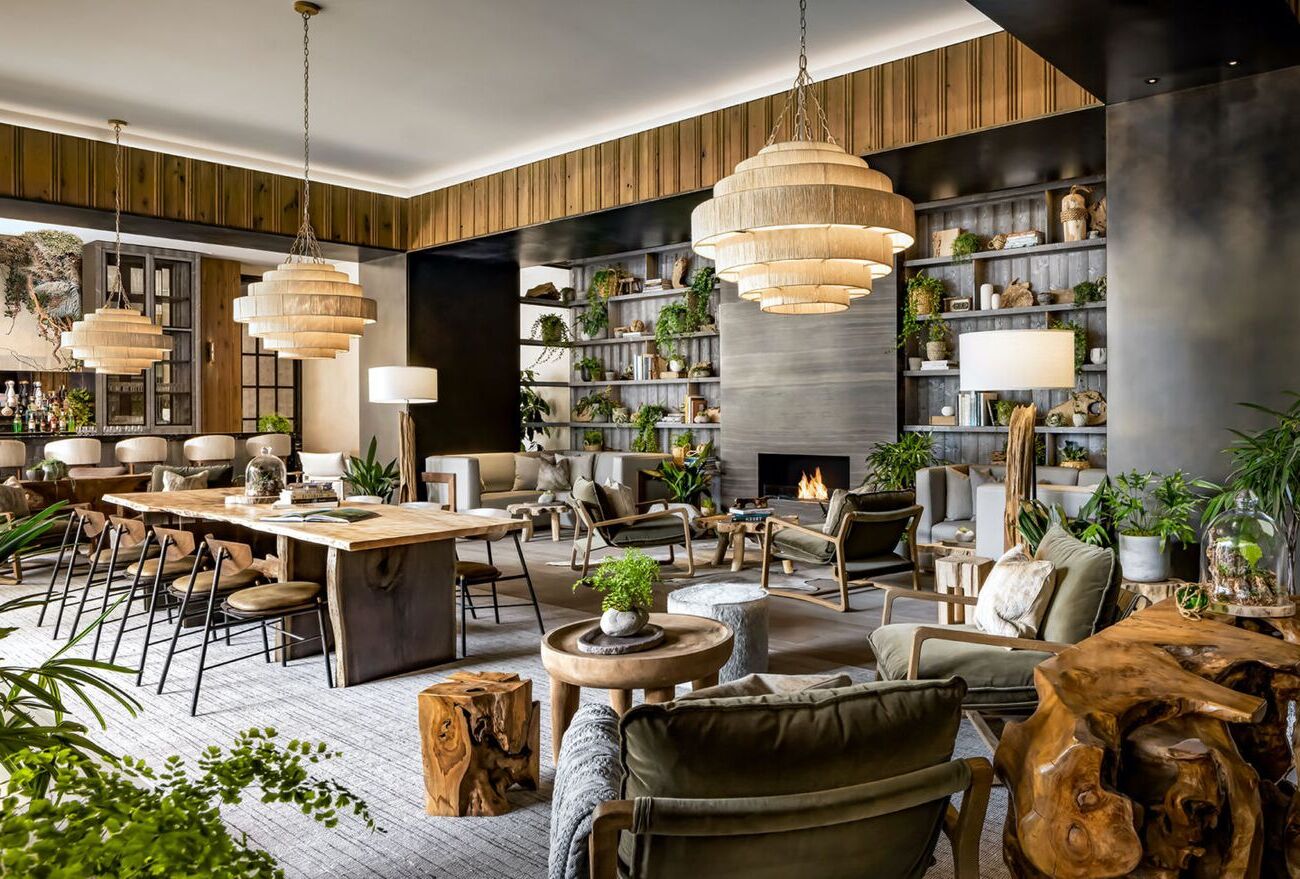

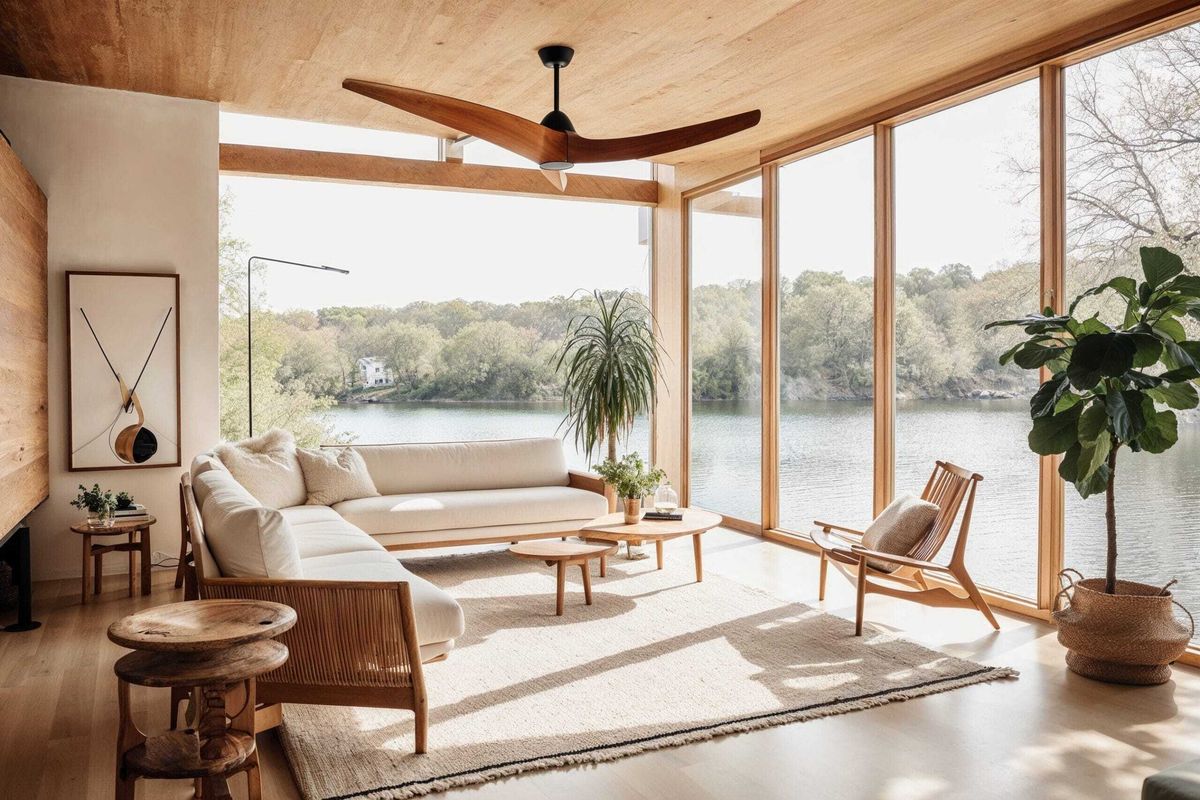
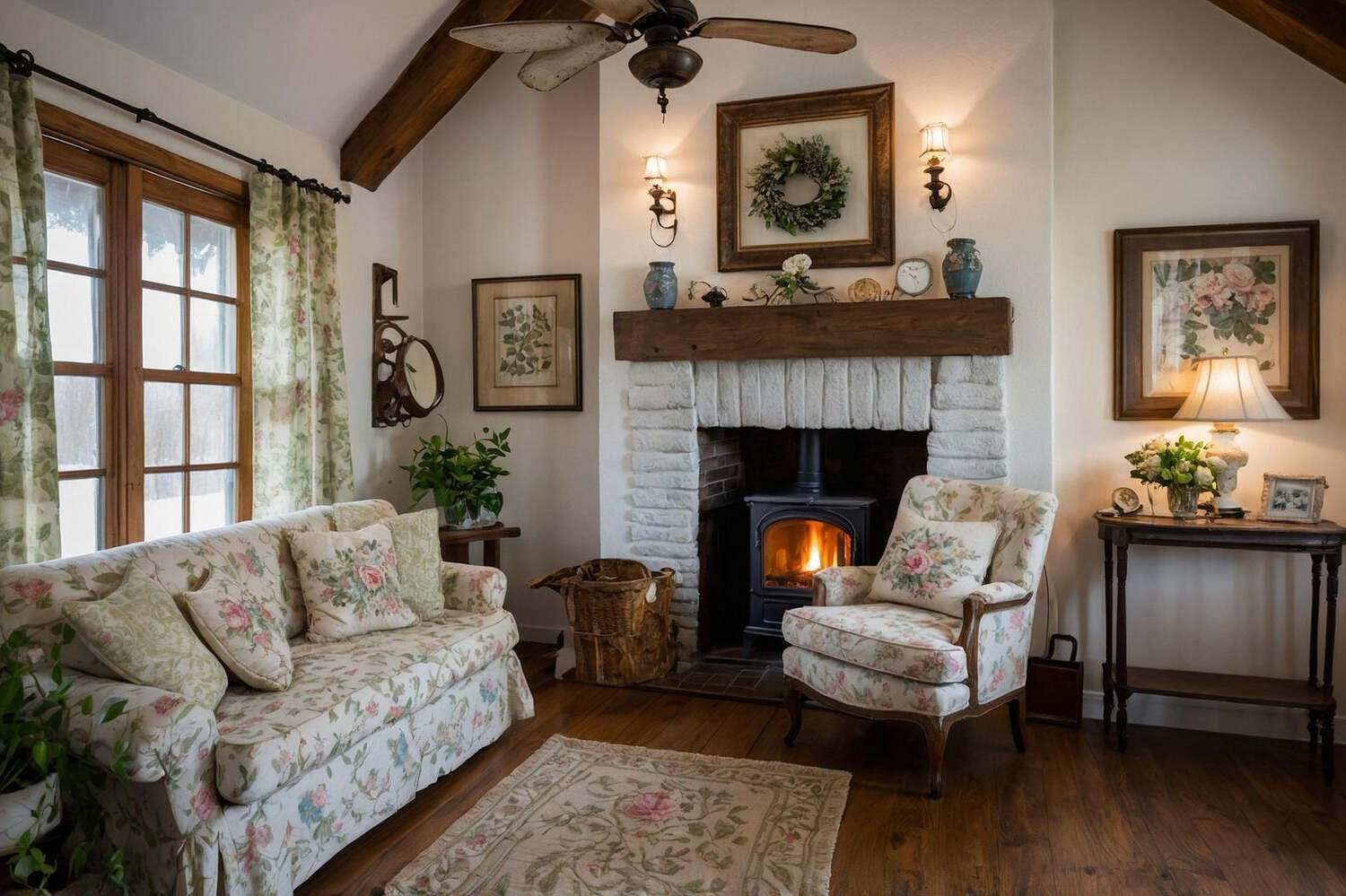

0 thoughts on “What Is Contemporary Interior Design”